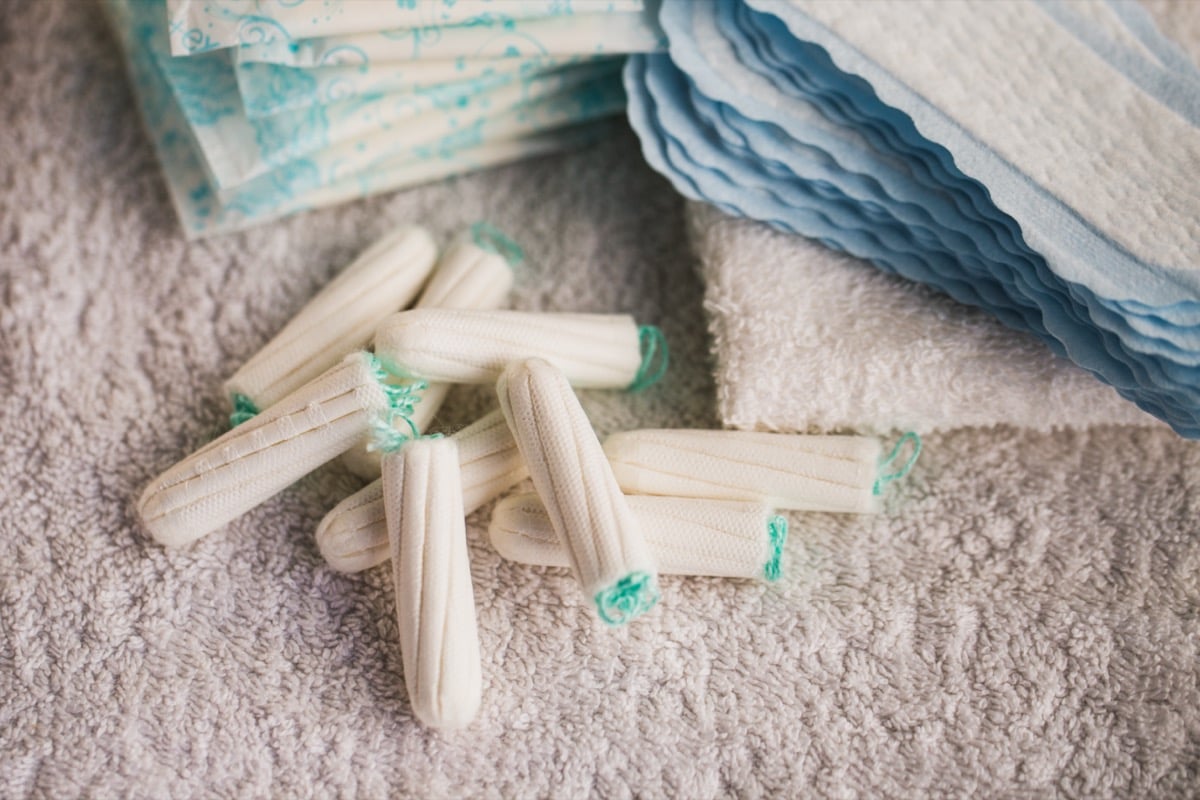Blood
It’s 2023 and They’ve Only Just Tested Period Products with Actual Blood
You may think that the first test regarding how well period products absorb blood was maybe 30 to 40 years ago, and you know, that seems really reasonable. But it wasn’t—it was only a couple of weeks ago.
Until Dr. Bethany Samuelson Bannow and her colleagues at Oregon Health and Science University in Portland decided to use actual blood in tests in order to destigmatize heavy bleeding, manufacturers used saline and water to test the products’ absorbency. However, blood is thicker than either of those substances, and includes blood clots, vaginal secretions, and endometrial tissue, all factors that would affect the effectiveness of the products.
According to The Guardian, Bannow and her team tested 21 products with packed red blood cells, which is what is left of whole blood after the platelets and plasma have been removed. In their research, they included: regular-sized pads with different absorbancies, pads for postnatal bleeding from two different brands, same-brand tampons of supposed different levels of absorbency, different-sized menstruation cups, four sizes of period discs from the same brand, and three pairs of period underwear.
The type of product that held the most blood was period discs, which held 61ml of blood; the brand Ziggy held 80ml—bleeding more than this is considered excessive. Tampons and pads held around 20-50ml, with the underwear holding the least at just 2ml. This means that most brands and products say that they are more absorbent than they actually are.
Bannow explained, “While we are unable to directly measure the absorption of menstrual blood, the packed red blood cells we used are at least a closer approximation of the viscosity of menstrual blood than saline.”
Marie Claire reports that only tampons are industry-regulated in terms of absorption, meaning that in combination with the fact that manufacturers don’t use actual blood, doctors have likely been misdiagnosing heavy bleeding. Currently, the way that this is categorized is by needing to change your pad or tampon every hour (newer products, like cups and underwear, haven’t been taken into account yet). This study will likely help with this along with the diagnosis of conditions.
However, as the Marie Claire article points out there has never been guidance for what constitutes heavy bleeding and therefore has caused a stigma around periods and the issues and pain that they cause.
Hopefully, this study will lead manufacturers to do better and actually test their products so that we don’t have to suffer any more than we already do.
(featured image: iStock / Getty Images Plus)
Have a tip we should know? [email protected]

